PERSON OF THE YEAR: KAREN MURRAY, A REMARKABLE FORCE

She’s the kind of woman you’d love to hate—beautiful, smart, multi-talented, successful, glamorous, generous, genuine, the list goes on—but you can’t hate her because she’s so damn nice!
Now president of VF’s Nautica and Kipling brands after a career that includes top positions at Gant, Bugle Boy, and Claiborne. Karen Murray grew up in New Jersey, about a half-hour from Manhattan. Her parents met after WWII (her father was an Air Force gunner on a B-17); both worked full time at government jobs. “It was a humble upbringing, typical lower middle class, but I never felt anything was missing. My parents taught us the value of hard work, and they set the bar high. (I’m probably the least successful among my siblings: my older brother owns car dealerships and restaurants and my younger brother founded a graphic design and internet company that he sold for lots of money while still in his 20s.) I credit my parents who, despite their struggles, always showed us tremendous love and encouragement. It’s their optimistic attitude that’s enabled me to achieve my goals.”
It should come as no surprise to those who know her generous spirit that Murray majored in criminal justice at the University of Maryland. She had intended to go to law school but changed course when, during a college internship, she found herself overwhelmed by the struggles of the inner-city kids she was trying to help, several of whom did not make it. (Ask about the stories: they are heartbreaking…)
With an intrinsic flair for fashion, she did an about face and went to work for Gant, where she stayed for the next nine years. “I got into fashion because I thought it would be fun and glamorous and I’d never have to do math. I hated math in high school and college, but ironically, all I do these days is work on P+Ls, financial planning, MDs, open-to-buy… (Wisely, I took a few retail math classes along the way.)”
From Gant she went to Bugle Boy. “This was the wild and crazy era of young men’s fashion, a time of parachute pants and partying. I loved the excitement but I had just had a baby (August 1991) and the work hours in the young men’s market (10 a.m. to 10 p.m. and then on into the night) weren’t for me.”
So she left for Liz Claiborne, “a fabulous company that was all about empowering women and work/life balance.” It was during this time that she diagnosed her son Michael’s condition: a disorder of the connective tissue called Marfan Syndrome that all the doctors had missed. “I sensed as soon as he was born that his development was different from other babies. He was growing very fast, with a notable indentation in his chest bone, yet this was a little-known condition at the time and not one specialist could come up with a diagnosis. By his fifth birthday, my husband and I had separated and I bought Michael a computer to help him learn. While unpacking it from the carton, I noticed it came with a few free CDs, one of them called Family Doctor. I put it in the computer, clicked on “Rare Diseases,” and started going through the alphabet. When I got to M, I freaked out: all the symptoms listed for Marfan Syndrome were things I’d noticed in Michael. When I got to the line that described “weak connective tissue, especially in the aorta, which could tear and dissect causing sudden death,” I ran into his room and just stared at him all night until sunrise. Then I picked him up, got into a cab, and rushed to the ER at Mount Sinai hospital, insisting that my child had Marfan Syndrome. They said, ‘Absolutely not: if neither you nor your husband has it, it’s not possible.’ But I finally convinced them to give him an echocardiogram (on the 11th floor, I remember it like yesterday), which showed an enlarged aorta, twice the normal size. All three doctors acknowledged that he had Marfans. I called my parents who took Michael home to the apartment; I then went into the hospital lobby and totally broke down.”
Her breakdown, she explains, came from knowing Marfan Syndrome’s projected life expectancy at the time: teens to 20s. (It’s now comparable to the general population thanks to surgery, new treatments, beta blockers, and general awareness leading to earlier diagnosis.) “I imagined falling in love with this child and then losing him. I was at Claiborne at the time, president of a $150 million menswear business, and I couldn’t get myself back to work. Instead, I stayed in bed for two months, making myself an expert on the disease, reading every article, calling everyone remotely involved, going to every conference, contacting doctors. Fortunately Claiborne was totally supportive and gave me the time off.”
During this time, Murray told her story on The Today Show (a few appearances), and did numerous newspaper/magazine interviews, including a prize-winning piece in The Wall Street Journal (“A Mother’s Mission” by Kevin Helliker) that asked: when a mother has to diagnose her own child’s illlness, what does that say about the medical community?
My goal was always to raise awareness. Even in the shortest TV appearances, I would rattle off the key symptoms and make sure to get in 1-800-MARFANS. We’d get thousands of calls from frantic mothers and grandmothers recognizing symptoms in their children and I’d talk to as many of them as I could. I still do.”
In the midst of all this, Murray organized a little fundraiser at the Claiborne offices. “We cleared out the showroom during market week, found artists to craft these beautiful hearts that we auctioned off, recruited a few celebrities, served soda, wine, cheese, and crackers, charged $10 a person, and hosted about 500 people. It was amazing: all the retailers came. (This was back when there were lots of retailers!) We raised $12,500 that first year and we were thrilled. Fifteen years later, we’ve raised more than $11 million, and the event is attended by celebrities, sports stars, doctors, government officials and so many other caring people.”
In retrospect, Murray confides, her involvement with Marfans has impacted her life beyond raising money and awareness. “I try not to sweat the small stuff. (My team says I’m always the calm in the storm.) I now look at what a person can do, rather than what he can’t. I understand in my core that every day is precious, and I’m clearly a more compassionate person because of my struggles. I have immediate empathy for anyone with a medical challenge. And I have tremendous appreciation for my friends and family who continue to support me.”
Most of all, she is “incredibly proud” of her son Michael who, thanks to open heart surgery at age 14 and amazing doctors, is currently doing well in college, and in life. “Last month, after all these years, he finally let me friend him on Facebook and it’s so gratifying for me to see photos from the past 10 years of his life. He has tons of great friends who support him; he’s extremely social. He’s a guitarist and a composer with a tremendous passion for music. He leads a full life that he’s created for himself on his own terms. It makes me realize that Marfan Syndrome has defined me more than it has him.”
Her continuing commitment to Marfans has certainly defined her, but so has her leadership/mentoring role in the menswear industry, and at VF, where she is president of the Nautica and Kipling brands. “The biggest challenge to brands these days is retail consolidation—we now have far fewer partners with whom to build the business, so we need to build beyond the wholesale channel.
“At Nautica, we will continue to have a significant wholesale business dominated by Macy’s and a few other strong partners: Lord & Taylor, Bon-Ton, Belk, Dillard’s, DXL. As the collection gets upgraded and updated, this business is healthy and growing. We are focused on elevating design, adding iconic pieces, and building full-price retail in the U.S. Our goal is to change consumer perception here in the States to what it is internationally.”
Toward that end, 2016 will mark the opening of full-price Nautica stores in the U.S.: first in Miami (Collins Ave. in South Beach) and then in Manhattan (Flatiron, with a preview pop-up shop this holiday). “Although this is a big shift for us in the States, direct-to-consumer is already a major factor internationally,” she notes. “Few people realize that we have 244 full-price stores outside the U.S. We’re one of the top men’s collections in Mexico, in Latin America and in Israel (there’s virtually no one without a Nautica Deck Shirt in Israel…) and we’re a significant brand in Asia. Throughout the world, retail price points are at least double what they are here!”
Murray explains how VF has built powerhouse brands based on consumer insights. “Our top three brands (Timberland, Vans, The North Face) have established strong emotional ties with their consumers. Steve Rendle, VF’s new president, has always believed in the power of analytics and an unrelenting focus on the consumer. So from day one, he advocated implementing the consumer segmentation process for Nautica. Based on this research, we now have a “Where to Play-How to Win” strategy to determine which channels we want to play in and how to lead in those channels.
“We selected ‘the Style Captain’ as our target shopper: a customer with more fashion savvy than the traditional customer. Nautica is the only brand in the market with the street cred to be nautical 365 days a year and the only nautical brand founded and designed in NYC, which gives us an edge. We learned that style trumps water and performance for our target customers, so while we incorporate performance elements into the collection, it’s more about fashion. For example, we now use black, tan, and neutrals done in a nautical way rather than just brights. Everything we do is supportive of our brand DNA (‘inspired by the sea, designed in the city’) and we’re finding our ‘how to win’ in every channel we compete in.”
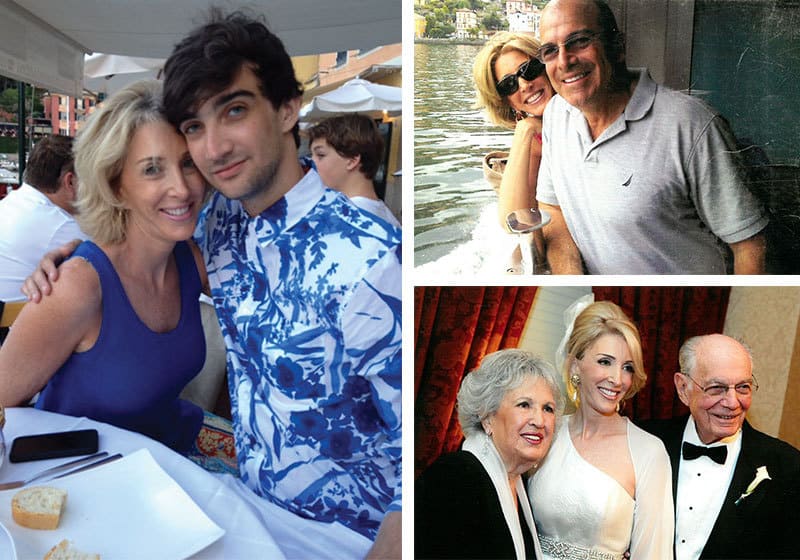
Elements of Nautica’s repositioning strategy include raising AURs, expanding offerings (in outerwear, sportcoats, high-end fabrics, completer pieces) and more frequent and differentiated deliveries (monthly, so there’s reason for shoppers to pay regular price for new receipts). “We’re already seeing great results in our own stores. We now have a true ‘good, better, best’ architecture that we didn’t have previously: good is our outlet and off-price business; better is Macy’s and other wholesale partners; best is our full-price stores, our online, our international, and some better specialty stores. (Each tier has its own label: white with navy letters for good, navy with cream for better, and navy/black in a finer font for best.) We’re working on more strategic buys and positioning in our better channel, and we’re partnering with department stores to get our product presented with maximum impact in prime locations.”
Macy’s, in particular, is in the process of testing new ways to buy and present Nautica product, working with VF to create a more upscale, more lifestyle-oriented, more regular-price business. Macy’s’ president Jeff Gennette credits Murray for many of the changes they are making on their selling floors. “About six months ago, she came to me with a suggestion for clearing out markdowns. She described how her mother had been in a Macy’s store and picked out a Nautica jacket marked down to $75, which she was prepared to pay. But since the sale sign had fallen off the clearance rack, she had no idea until she got to the register that the actual price (with her coupon) was $29. Karen pointed out the absurdity of this situation and suggested another way to do it without the coupons and multiple discounts. We tried it in four different districts with all of our third markdowns and it’s been so successful that we’re about to do it in the same four districts with second markdowns. And that’s what Karen consistently brings to the table: ideas for building a better mousetrap, always with total transparency and trust.
“Another example is a new economic model that she suggested and we recently implemented. She’d been questioning the numerous stages it takes to bring in fresh goods: pre-line, approval, walk through with buyer, with the DMM, with the chief merchant; the process took forever! Karen suggested that if we were to let the vendor take over, based of course on buyer input, results would be better. So we came up with a totally different model that’s been working really well. Once again, it works because Karen is so smart and so driven, and I can always count on her to figure it out and make it successful for both sides.”
Having grown up in sales, Murray admits she’s often hard on her sales team. For example, it makes her crazy if the Nautica mix on a store’s selling floor is not quite right. She recently had a conversation with a sales rep about allowing DXL to buy too many key item T-shirts in a Nautica mix that was otherwise upscale and beautiful. “Just because a guy is big doesn’t mean he wants to wear a huge graphic fish on his back!” she insists. “We work so hard upgrading the product and creating more sophisticated looks; we need to ensure that the taste level is right to inspire guys to dress better.”
Equally tough on her design team, she recently discovered a few shirts on a selling floor that were not up to her impeccable standards. “Just look at the difference between these shirts, both ticketed at $69.50,” she exclaims, shoving two shirts in front of me. “This is a gorgeous woven with a carbon peach finish. Just feel the soft hand on it. But look at the stitching: it’s white when it should match the shirt and there are 10 stitches per inch when it should be 20. Who made these decisions and why didn’t someone in the factory (that we’ve been using for 30 years) question it? I train and work closely with the design team, so this kind of stuff makes me crazy…”
Obviously, it’s this kind of attention to detail that makes her so good, although she gives much credit to VF CEO Eric Wiseman. “I’ve learned to be a much better leader by watching Eric inspire, motivate, and deal genuinely with people. I tend to make decisions quickly based on intuition and gut feeling, but Eric told me from day one (actually it was during my interview) two important things: 1) that VF is a company that doesn’t use the word ‘I’. It’s always ‘we’ and it’s always about the team because it takes a team to build a brand; and 2) that VF makes decisions based on research and consumer insights and he needs me to embrace that. He told me, ‘I appreciate that your batting average is high, but it could be even higher if you’d base decisions on facts and data rather than intuition. Our team will help you do this.’
“And they have. VF has spent millions of dollars on consumer research: interviewing 15,000 consumers, going into their closets, doing focus groups, and more. So I have no doubt, based on this focus, that our current decisions will build Nautica into a bigger and more successful brand than it is today. I’m so grateful to be part of it, and to be doing what I love at a company I love.”


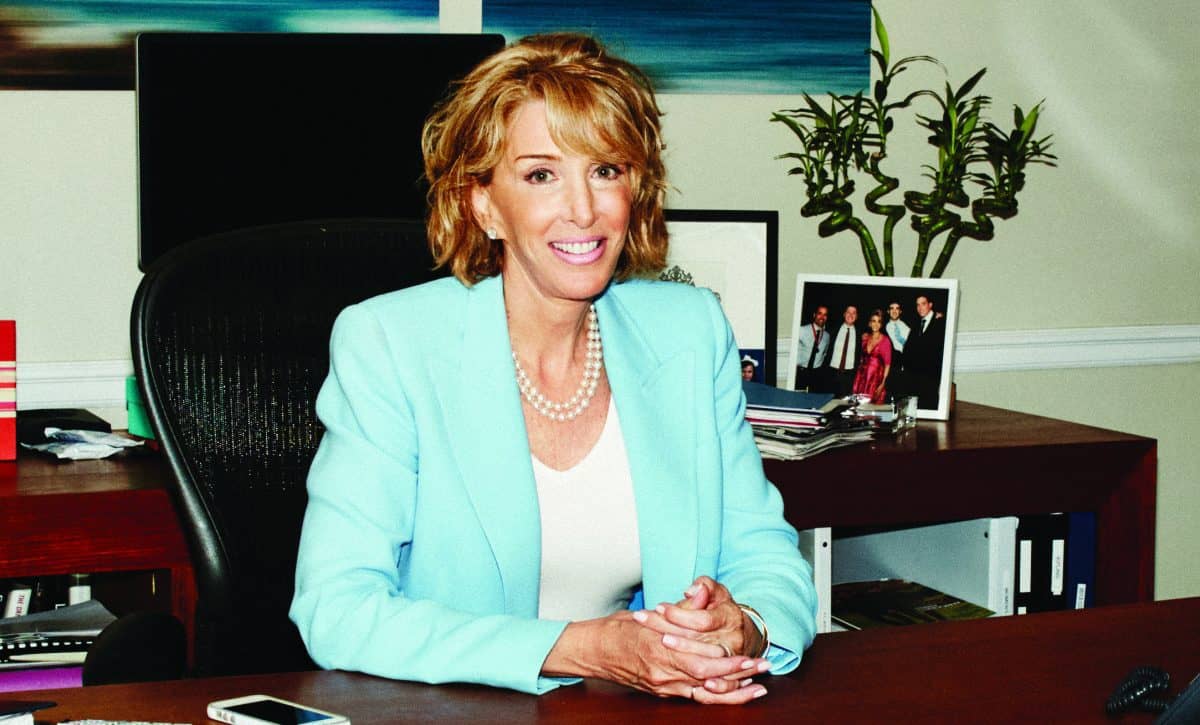
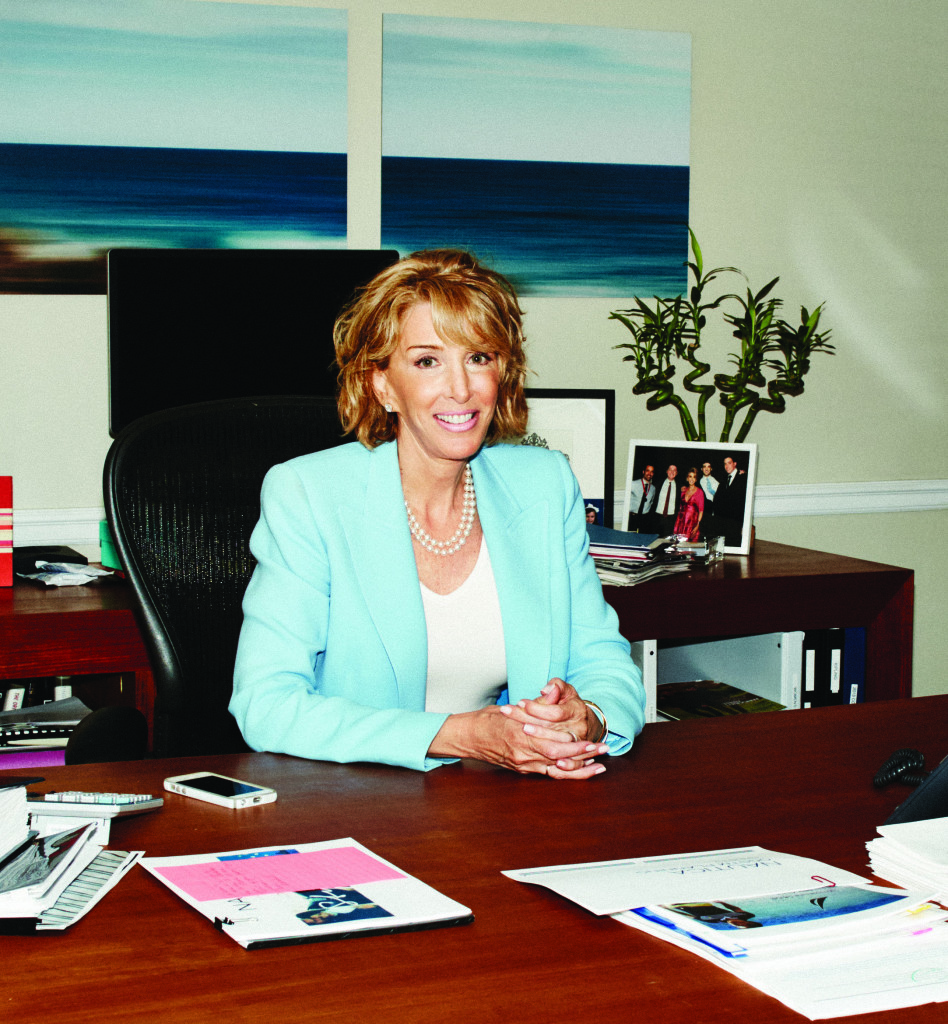



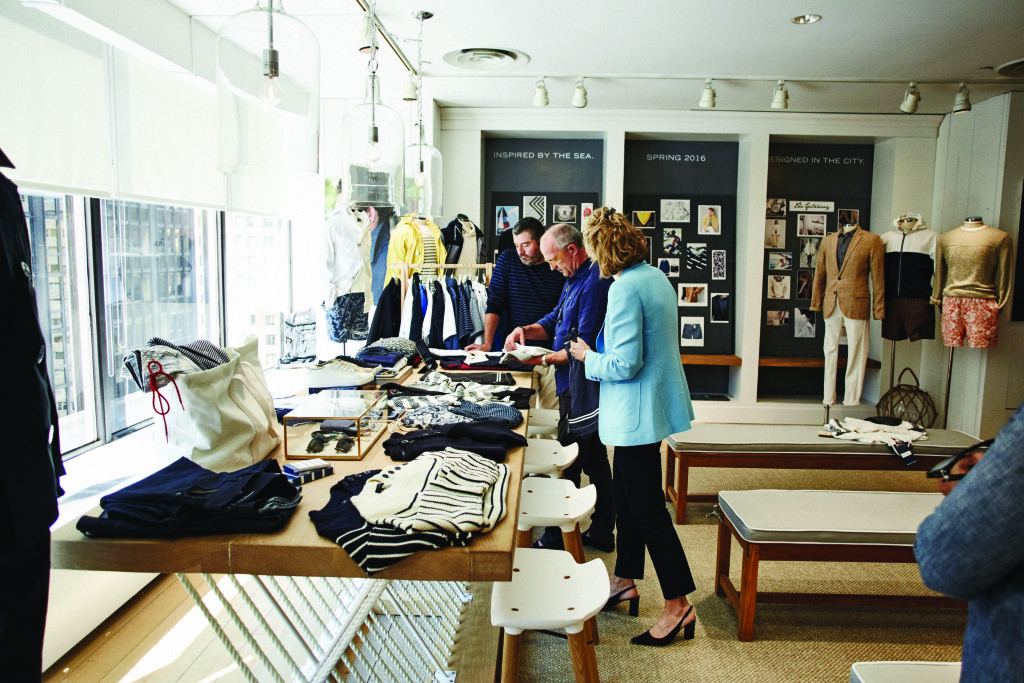

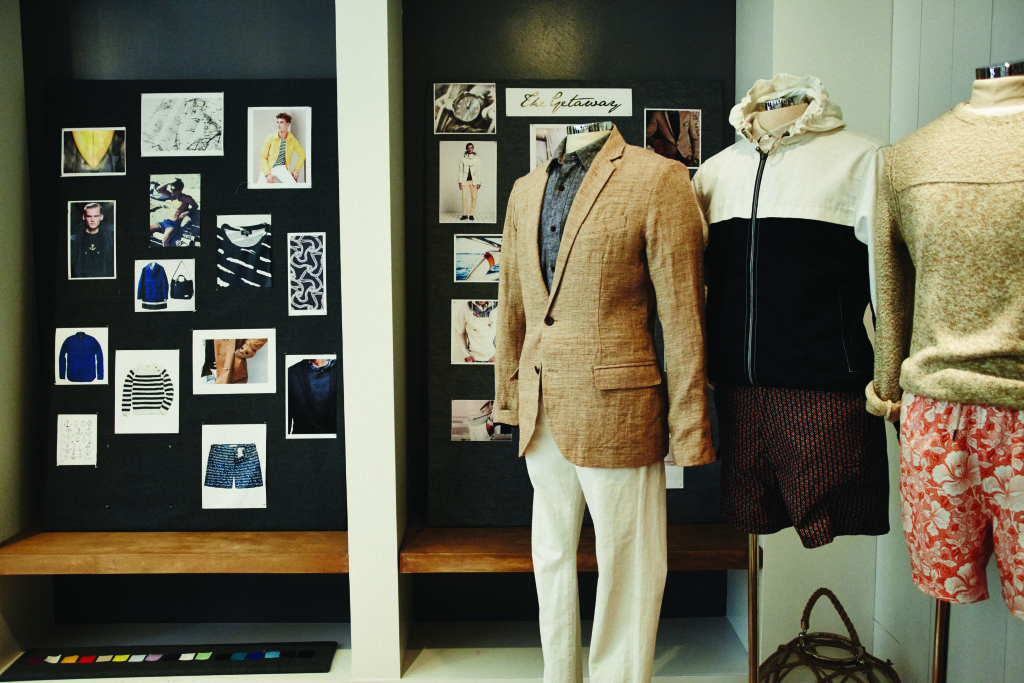
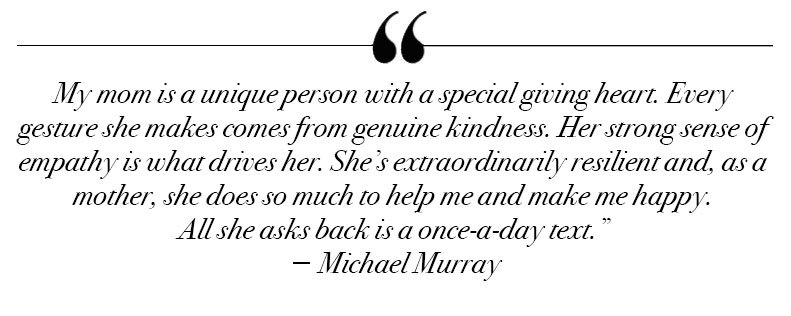

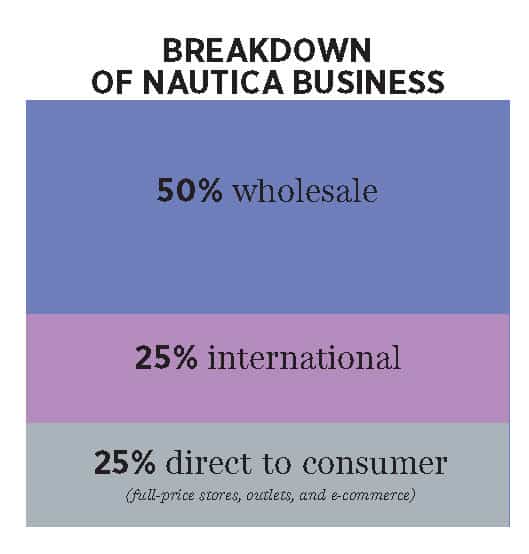
Dear Karen,
Thank you for this inspiring piece that includes the balance of spirit and thoughtful consideration balanced with straight forward nuts and bolts solid business advice.
Just the same way you approached everyday at Bugle Boy. You are an inspiration and I have fond thoughts of our time there.
Continued Best Wishes.
Craig Burdi
A well deserved honor. Karen continues to inspire and sets the bar high for success. Congratulations!
Thank you for all your dedication and work for those of us with Marfans. I had open heart surgery this last Aug. We lost our Older Brother in 1986 because of an aneurysm. Drs didnt know as much back then about the disease. Our Brother was told when he was 19 and had a Physical that his heart was normal and yes he had lots of other side effects but he didnt have to worry about his heart. At 32 he passed away. I have been watched by Cardiologists since 1986. I am now 58 yr old and I have had eye surgery and received Marfan Lenses. Just so much more to help us now then just 10 yrs ago. Thank You for being a part of all that is now helping so many of us!! Terri Joyner, Utah
As her former assistant at Claiborne, and former volunteer babysitter to the equally funny and sweet Michael – I love to see you get this one right. She was a fantastic boss – precisely due to the fact that she is a kind, smart, good-humored person – not to mention a tireless crusader for Marfan and inspiration – and made the entire department a positive environment. Add to that – she’s incredibly generous: She gave me the opportunity to design despite not having the usual training and it was the best of times. A belated congrats…